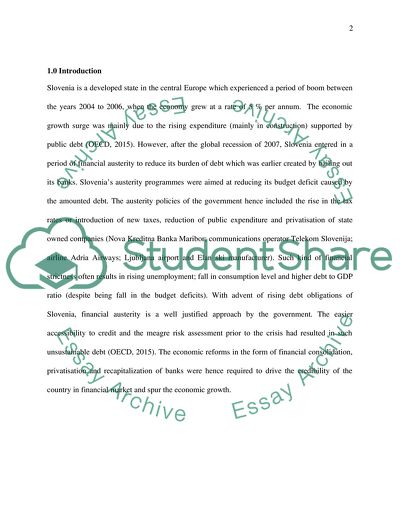Cite this document
(“Economic Situation In Slovenia Post Financial Crisis Research Paper”, n.d.)
Economic Situation In Slovenia Post Financial Crisis Research Paper. Retrieved from https://studentshare.org/macro-microeconomics/1701710-economic-situation-in-slovenia-post-financial-crisis
Economic Situation In Slovenia Post Financial Crisis Research Paper. Retrieved from https://studentshare.org/macro-microeconomics/1701710-economic-situation-in-slovenia-post-financial-crisis
(Economic Situation In Slovenia Post Financial Crisis Research Paper)
Economic Situation In Slovenia Post Financial Crisis Research Paper. https://studentshare.org/macro-microeconomics/1701710-economic-situation-in-slovenia-post-financial-crisis.
Economic Situation In Slovenia Post Financial Crisis Research Paper. https://studentshare.org/macro-microeconomics/1701710-economic-situation-in-slovenia-post-financial-crisis.
“Economic Situation In Slovenia Post Financial Crisis Research Paper”, n.d. https://studentshare.org/macro-microeconomics/1701710-economic-situation-in-slovenia-post-financial-crisis.


